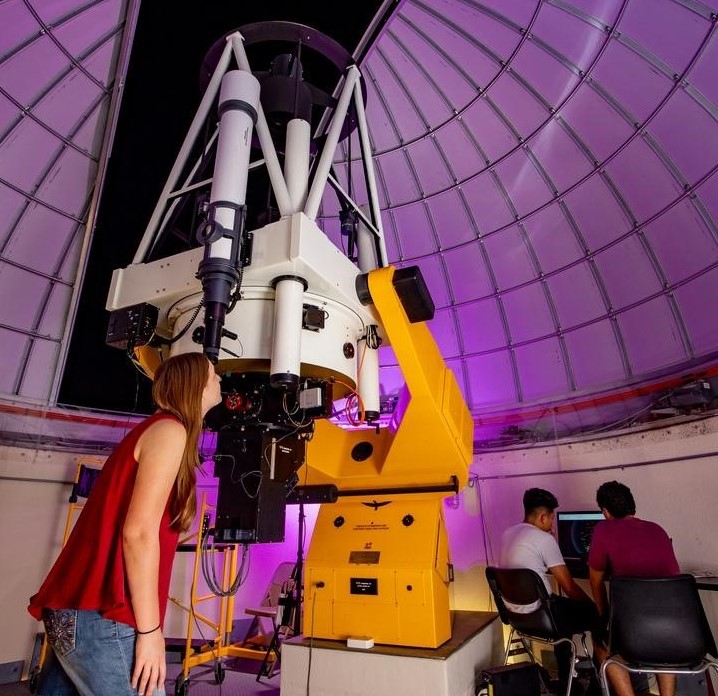Document Type
Article
Publication Title
The Astrophysical Journal
Abstract
We present arcsecond-resolution data in the radio, IR, optical, and X-ray for 4C+19.44 (=PKS 1354+195), the longest and straightest quasar jet with deep X-ray observations. We report results from radio images with half to one arcsecond angular resolution at three frequencies, plus Hubble Space Telescope and Spitzer data. The Chandra data allow us to measure the X-ray spectral index in 10 distinct regions along the 18″ jet and compare with the radio index. The radio and X-ray spectral indices of the jet regions are consistent with a value of throughout the jet, to within uncertainties. The X-ray jet structure to the south extends beyond the prominent radio jet and connects to the southern radio lobe, and there is extended X-ray emission, both in the direction of the unseen counter-jet, and also coincident with the northern radio lobe. This jet is remarkable because its straight appearance over a large distance allows the geometry factors to be taken as fixed along the jet. Using the model of inverse Compton scattering of the cosmic microwave background (iC/CMB) by relativistic electrons, we find that the magnetic field strengths and Doppler factors are relatively constant along the jet. If instead the X-rays are synchrotron emission, they must arise from a population of electrons distinct from the particles producing the radio synchrotron spectrum.
DOI
10.3847/1538-4357/aa845c
Publication Date
2017
Recommended Citation
Harris, Daniel E. and Perlman, Eric S., "A Multi-band Study Of The Remarkable Jet In Quasar 4C+19.44" (2017). Aerospace, Physics, and Space Science Faculty Publications. 517.
https://repository.fit.edu/apss_faculty/517


